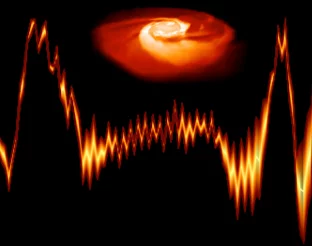
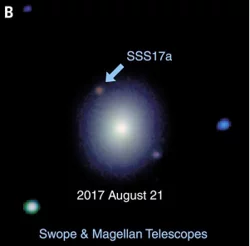
Home » What we do » Working Area 4
Working Area
The properties of NSs are deduced mainly through the observations of their EM radiation. Isolated NSs, as well as violent processes involving NSs, such as X-ray bursts and BNS mergers, are characterized by extraordinarily intense EM signatures via X-ray and gamma-ray emissions, kilonova signals and GWs (WA2), all of which are routinely detected by numerous Earth- and/or space-based instruments. The observed light-curves of X-ray bursts and kilonovae reflect the complex microphysical processes at play in these cosmic events. Based on the nuclear-physics inputs provided by WA1-WA3, in this WA we will model the corresponding EM light-curves and compare them to observations. Furthermore, because of the presence of strong EM fields, general-relativistic and QED effects can play an important role and will be addressed in this WA.


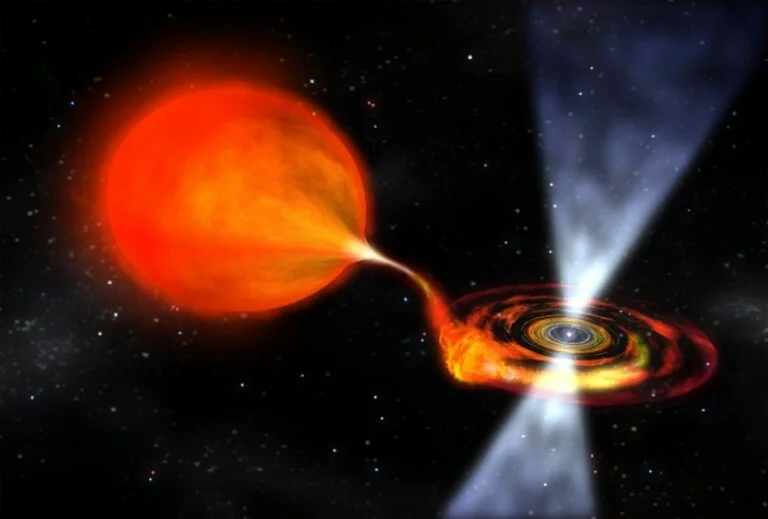
The properties of NSs are deduced mainly through the observations of their EM radiation. Isolated NSs, as well as violent processes involving NSs, such as X-ray bursts and BNS mergers, are characterized by extraordinarily intense EM signatures via X-ray and gamma-ray emissions, kilonova signals and GWs (WA2), all of which are routinely detected by numerous Earth- and/or space-based instruments. The observed light-curves of X-ray bursts and kilonovae reflect the complex microphysical processes at play in these cosmic events. Based on the nuclear-physics inputs provided by WA1-WA3, in this WA we will model the corresponding EM light-curves and compare them to observations. Furthermore, because of the presence of strong EM fields, general-relativistic and QED effects can play an important role and will be addressed in this WA.
ELEMENTS will develop kilonova models able to predict not only the bolometric light curve but also the spectral evolution based on the most accurate simulations in full general relativity which account for realistic EOSs, the presence of strong magnetic fields, and sophisticated models for the radiative impact of neutrino emission and absorption.
With the goal of providing urgently needed accurate data for benchmarking atomic-structure codes used for calculations of EM opacities, we will employ the low-energy storage ring CRYRING@ESR. Within ELEMENTS, we will develop instrumentation at CRYRING@ESR to address experimentally the structure of ionized atoms in the lanthanide region. CRYRING@ESR will be developed into a world-unique laboratory-astrophysics facility, well beyond its defined role in GSI/FAIR research.
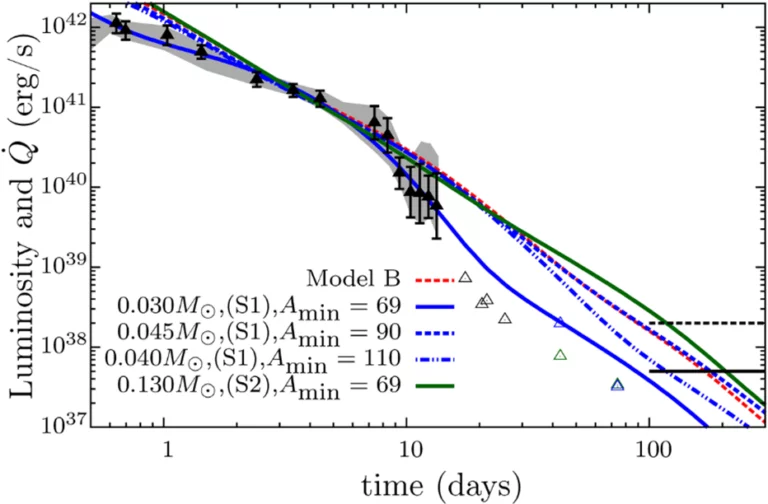
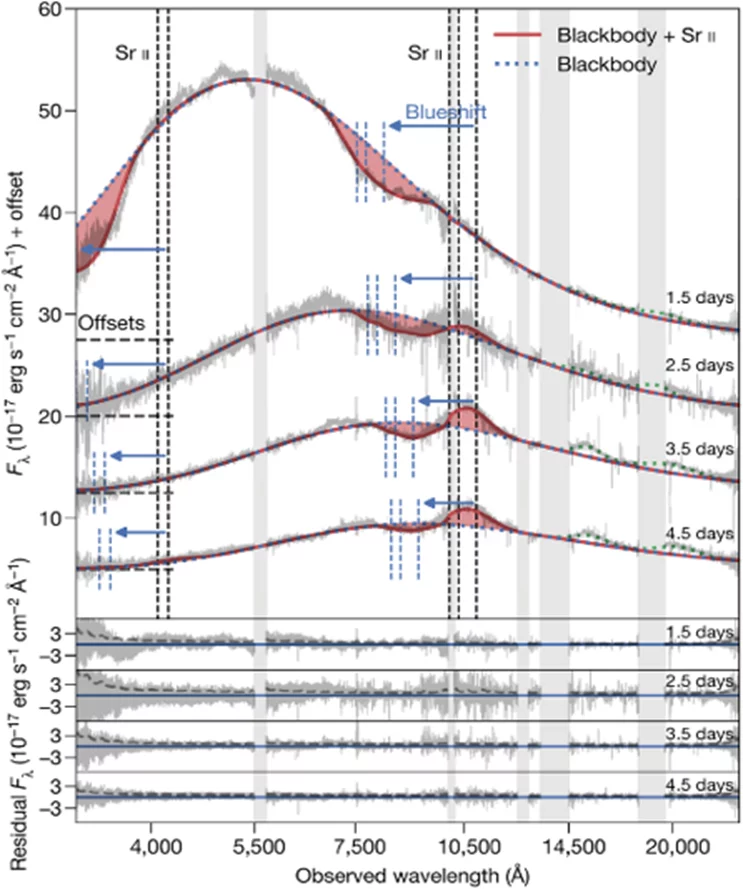
The properties of atmospheres of isolated and accreting NS and the transport of EM radiation through such environments are not fully understood. ELEMENTS aims at understanding the properties of EM radiation in the presence of strong EM fields. In a low-mass X-ray binary system, a NS mainly accretes hydrogen and helium from its less-evolved companion star until a thermonuclear explosion occurs and is followed by a rapid proton-capture nucleosynthesis process (rp-process), revealed in space by an intense EM signature, i.e., an X-ray burst. ELEMENTS will constrain the light-curves of the X- ray bursts through precision measurements of key nuclear reactions.

The following milestones have been formulated in work area 4:
Electromagnetic signals from compact stars
In this Working Area ELEMENTS will compare the abundances of heavy elements and the kilonova light-curvespredicted by numerical simulations (Arcones, Martínez-Pinedo) with the astronomical observations to constrain and understand the impact of the microphysics on the simulations and the nucleosynthesis (Bauswein, Rezzolla).
Precision studies, to be performed for bare and H-like uranium at the GSI/FAIR storage rings, will provide detailed information about the relativistic and especially magnetic-interaction effects on the electron-photon coupling (Schippers, Stöhlker).
Astronomical observation of the composition of the debris produced by BNS mergers will reveal the emission and absorption features from heavy ions. Furthermore, accurate recombination-rate coefficients of heavy ions will be measured at the FAIR ion-storage rings (Bai, Litvinov, Reifarth, Schippers, Stöhlker) for a reliable determination of elemental abundances from the astronomical observations.
Working Area 4 Representative: Gabriel Martínez-Pinedo
Working Area 4 Deputy Representative: Camilla Juul Hansen
Principal Investigators: A. Arcones, A. Bauswein, C.J. Hansen Y. Litvinov, G. Martínez-Pinedo, R. Reifarth, L. Rezzolla, S. Schippers, T. Stöhlker